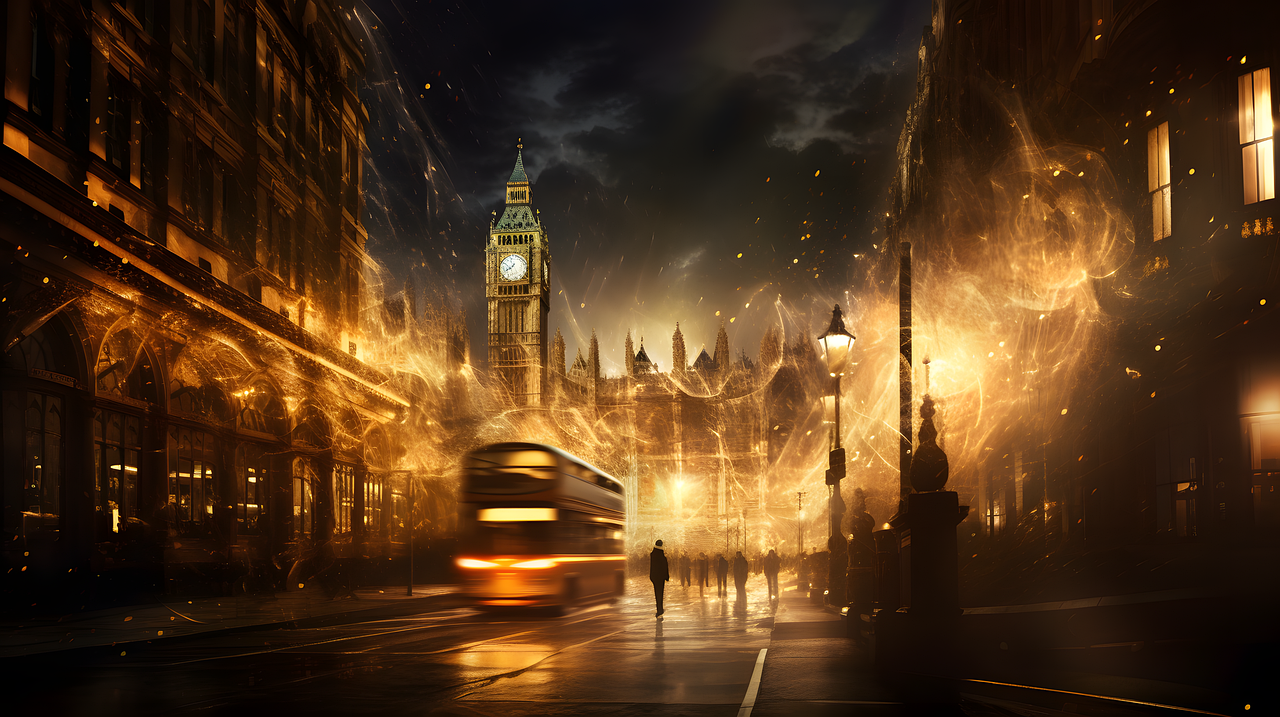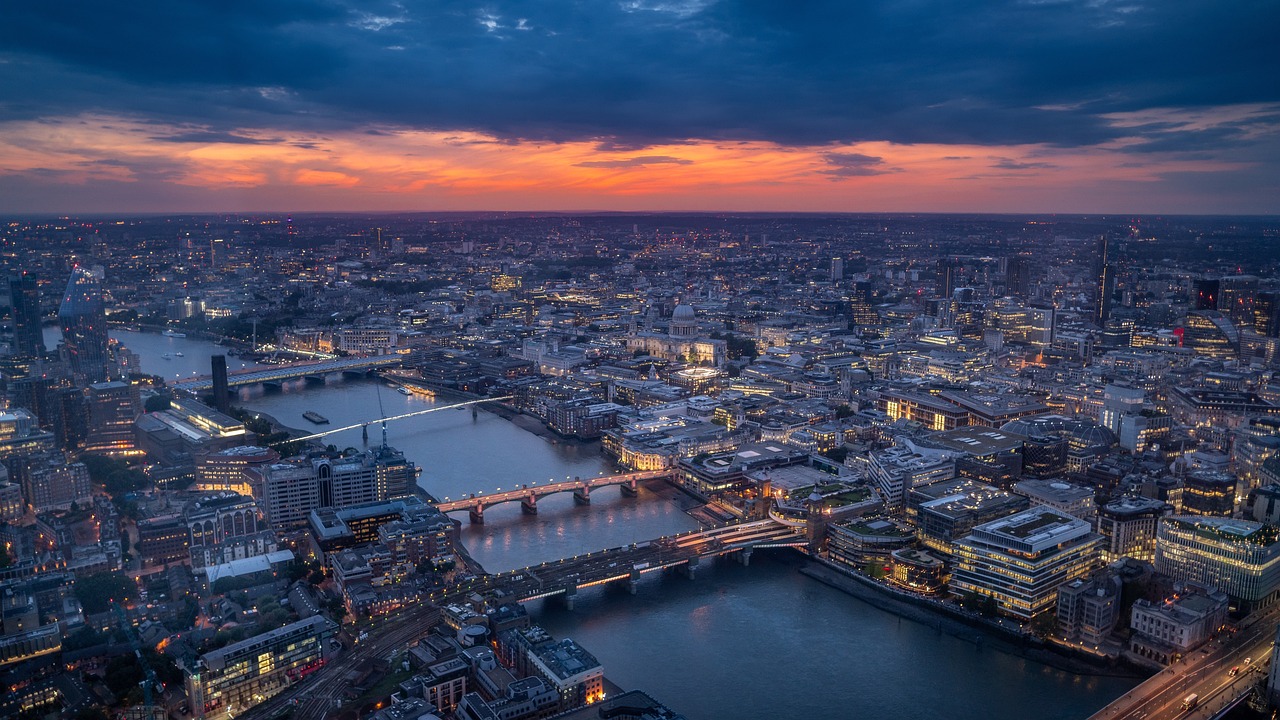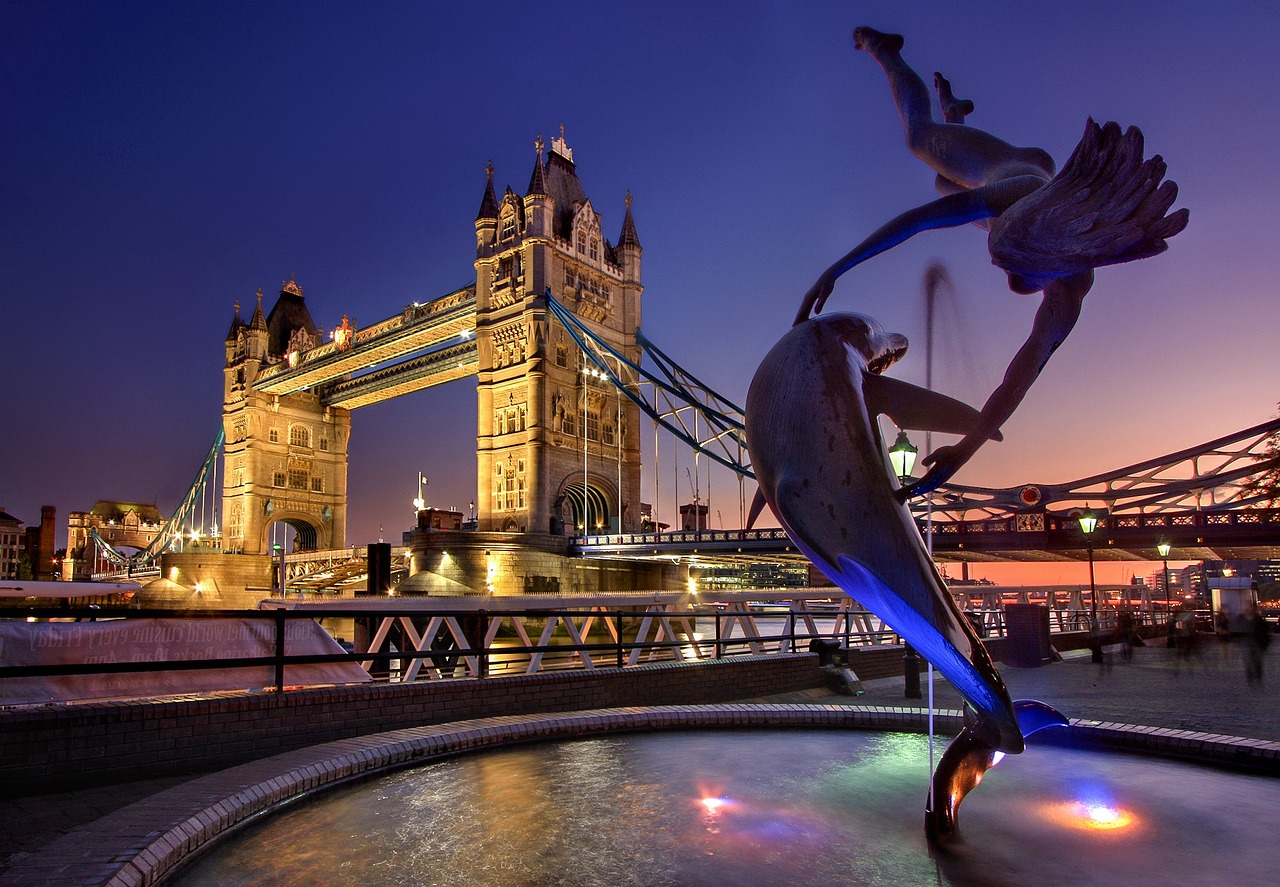The most popular museums in London
London is home to an array of world-renowned museums that attract millions of visitors each year. These institutions not only house vast collections of artifacts, artworks, and exhibits but also stand as monuments to human history, culture, and creativity. Here are some of the most popular museums in London:
The British Museum
One of the most famous museums globally, The British Museum, showcases a remarkable collection that spans over two million years of human history. Highlights include the Rosetta Stone, the Elgin Marbles from the Parthenon, and the ancient Egyptian mummies. The museum’s vast and diverse collections make it an essential visit for anyone interested in the breadth of human culture.
The Victoria and Albert Museum (V&A)
Dedicated to decorative arts and design, the V&A boasts an extensive collection of over 2.3 million objects. It houses some of the greatest resources for design and art, including fashion garments, furniture, photography, sculptures, paintings, and jewelry from various periods and regions.
The Natural History Museum
A favorite among families, the Natural History Museum is known for its exhibition of dinosaur skeletons and its stunning architecture. The museum’s collections cover botany, entomology, mineralogy, paleontology, and zoology, offering a deep dive into the natural world.
The Natural History Museum in London is a world-class visitor attraction and a leading science research center. Housed in a striking Romanesque architecture, complete with a cathedral-like central hall, the museum captivates with its ornate terracotta façade, which is both a work of art and a storytelling canvas, adorned with a variety of natural world motifs and intriguing figures.
As you step inside, you are greeted by the awe-inspiring Hintze Hall, where the grand skeleton of a blue whale, suspended from the ceiling, welcomes visitors, signifying the museum’s dedication to the living planet. The blue whale replaced the famous cast of a Diplodocus dinosaur, known as Dippy, which once dominated the hall and is now on tour around the UK.
Exhibitions and Galleries
The museum’s exhibitions span across the history of the natural world. The Dinosaurs gallery is particularly popular, where you can come face-to-face with a Tyrannosaurus rex, explore the life of dinosaurs through fossils, and even witness a snarling animatronic T. rex.
The Mammals section showcases an impressive array of creatures from across the globe, including a life-size model of a blue whale. The Human Evolution gallery takes visitors on a journey through our own species’ history, presenting ancient artifacts and reconstructions of our ancestors.
In the Cocoon at the Darwin Centre, you can explore specimens of various insects and plants and witness scientists at work in the laboratory. The Mineralogy collection holds a dazzling array of minerals, gemstones, and meteorites, illustrating the beauty and diversity of the Earth’s treasures.
Research and Education
Beyond being a public museum, the Natural History Museum is a prestigious center for research and education. It houses over 80 million items within five main collections: botany, entomology, mineralogy, paleontology, and zoology. Researchers from around the world visit the museum to study its comprehensive collection and collaborate on various scientific endeavors.
Architecture and History
The building itself is a marvel, designed by Alfred Waterhouse and opened in 1881. Its architecture is a testament to the Victorian era’s fascination with nature, with intricate details and carvings that reflect the museum’s mission to celebrate the natural world. The museum has been a fixture in London’s cultural landscape for over a century, surviving wartime bombings and the wear of time, continuing to enchant visitors with its combination of grandeur and scientific inquiry.
Conservation Efforts
The museum is also active in conservation, providing a wealth of knowledge that contributes to the protection of the planet’s biodiversity. Its scientists engage in ground-breaking research on critical issues such as climate change, wildlife diseases, and the impact of human activity on the natural world.
Visiting the Museum
With family-friendly interactive exhibits, educational activities for all ages, and a range of temporary exhibitions and events, the Natural History Museum is not just a treasure trove for science enthusiasts but also an engaging learning environment for children and adults alike. It remains free to enter, although certain special exhibitions may charge an entry fee.
Whether you’re marveling at ancient fossils, exploring the vast variety of species, or participating in interactive science talks, the Natural History Museum offers an in-depth exploration of the past, present, and future of our planet. It’s a place where curiosity is sparked, and the natural world is celebrated in all its fascinating diversity.
The Science Museum
Celebrating human ingenuity and scientific achievements, the Science Museum is an interactive hub that includes the Apollo 10 command capsule, a virtual reality space descent experience, and the history of medical advancements. It’s a haven for those curious about science and technology.
The National Gallery
Located in Trafalgar Square, The National Gallery showcases a vast collection of paintings from the 13th to the 19th centuries. Visitors can admire works by masters such as Van Gogh, da Vinci, Botticelli, Constable, Renoir, Titian, and Stubbs.
Tate Modern
Housed in the former Bankside Power Station, Tate Modern is one of the largest museums of modern and contemporary art in the world. Its collection includes works by Picasso, Rothko, Dali, Pollock, and Warhol, as well as contemporary works from around the globe.
The Tate Britain
Tate Britain holds the largest collection of British art in the world. Visitors can explore British art from the 1500s to the present day, including works by Turner, Hockney, and Bacon, as well as the annual Turner Prize exhibition.
The Imperial War Museum
Covering conflicts involving Britain from WWI to the present day, the Imperial War Museum offers powerful exhibitions on the realities of war. It holds a vast collection of artifacts, vehicles, weapons, and personal stories.
The Design Museum
As one of the world’s leading museums dedicated to contemporary design in every form, the Design Museum offers an exploration of the role of design in everyday life, showcasing everything from industrial to fashion design.
The Museum of London
Telling the story of the city from prehistoric times to the present day, the Museum of London provides a journey through the capital’s tumultuous history, with immersive exhibitions and rare artifacts.
These museums not only showcase a wide variety of exhibitions and collections but also offer numerous workshops, lectures, and interactive sessions, making them popular not just for their displays but also for their engaging educational programs. With free entry to many of their permanent collections, these museums provide invaluable resources for learning and enjoyment to both locals and tourists alike.



